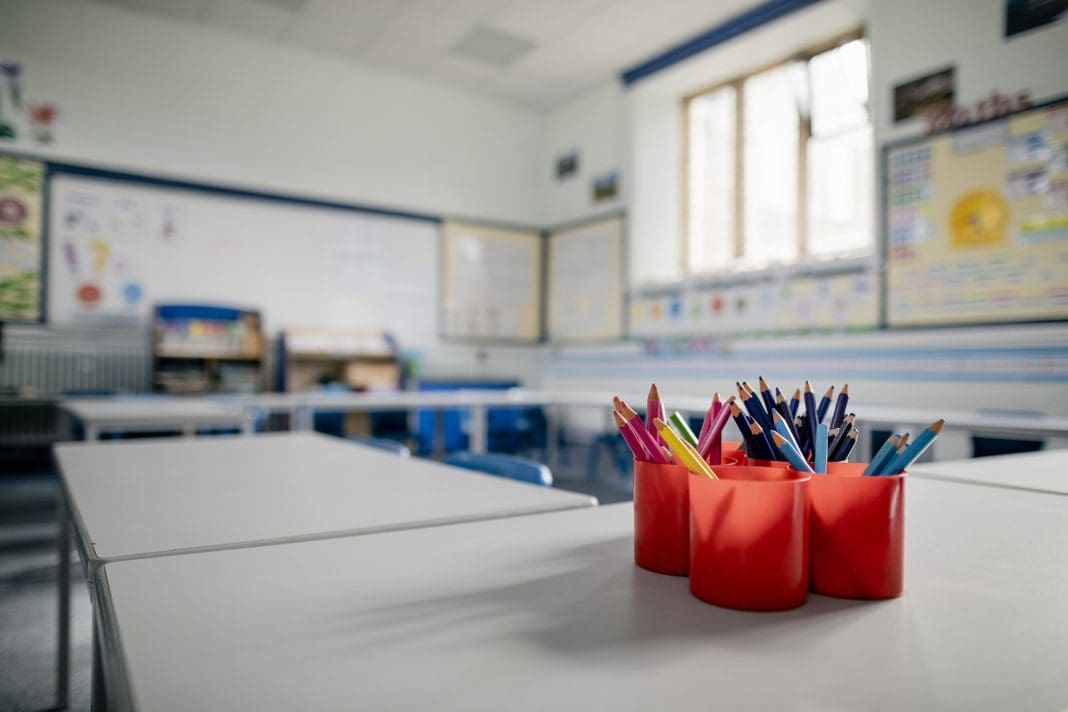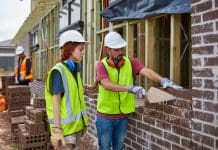Around 1% of schools in England have confirmed RAAC, and 119 will require rebuilding or significant refurbishment to remove the risk
The Government has confirmed the final number of schools that require refurbishment or rebuilding due to the presence of Reinforced Autoclaved Aerated Concrete or RAAC.
The final RAAC list finds 234 education settings out of 22,000, with confirmed RAAC- equivalent to 1% of all English schools.
Of the 234 affected buildings, 119 will have “one or more buildings” rebuilt or refurbished through the School Rebuilding Programme.
Another 110 schools and colleges will require smaller scale work, which will have grant funding and 5 facilities have made alternative arrangements with the Department of Education.
Education secretary, Gillian Keegan, commented:
“Nothing is more important to me than the safety of every child and member of staff in school.
“We will continue to work closely with schools and colleges as we take the next step to permanently remove RAAC from affected buildings.
“I want to thank all schools, colleges and local authorities who have worked tirelessly with the department to ensure all children remain in face-to-face education.”
700,000 children could have their education affected by the RAAC rebuilding works
“Why shouldn’t our children go to quality schools?” asked Sean Keyes, CEO of Sutcliffe. “People have been aware of the issues around the RAAC crisis impacting our schools and hospitals for a number of years. For this reason, I welcome the government’s commitment to removing RAAC from schools in England and the rebuilding and refurbishment of over 200 schools across the country.
“In the slim chance that a RAAC roof collapses, then not only will it be unacceptable given how long this crisis existed, but the results could be catastrophic. Swift and comprehensive removal is essential, and adequate funding is required to prevent this from reoccurring.
“Currently, there are around 700,000 children being taught in unsafe or ageing buildings and there is really nothing more important than the safety of each child and staff member in our schools. For me, the RAAC crisis poses a wider issue, not only is safety thrown into question, but it has also posed a threat to education standards, leaving pupils unable to access the spaces they require to continue their studies. This disruption could have a profound effect on these children and their attainment and grades, creating a far-reaching issue beyond safety and quality concerns.”














